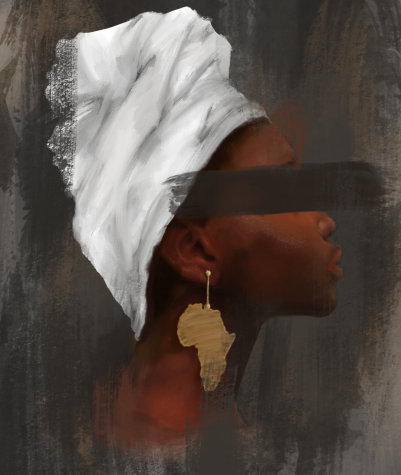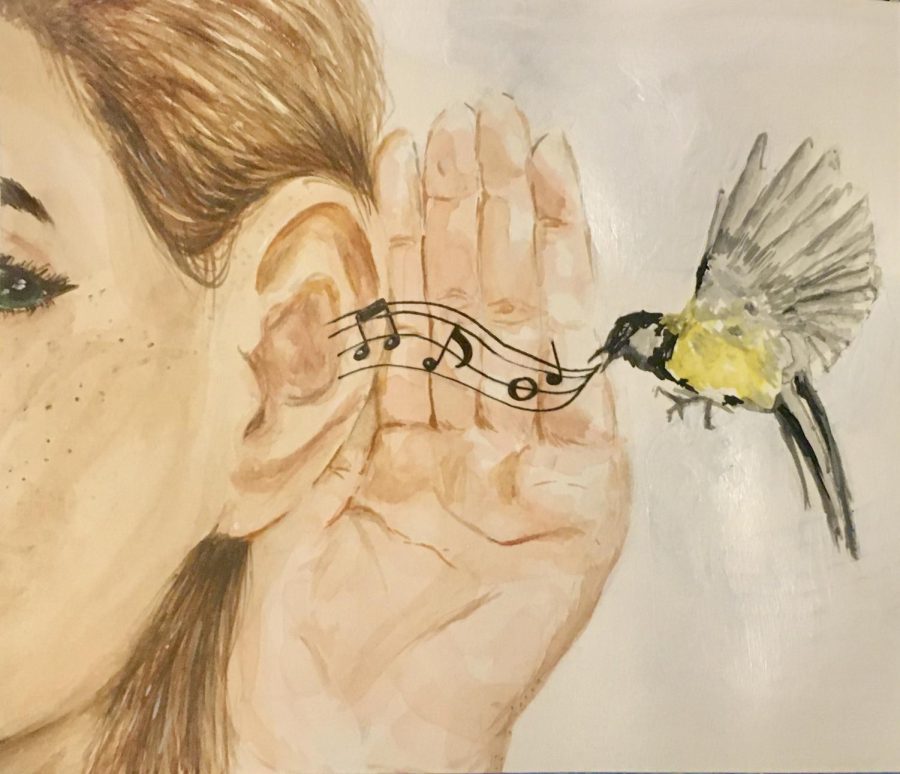AP Studio Art 2-D Design: Creativity Flows
Photo Courtesy of: Google Images
Through this class, artists can be recognized for their hard work and dedication
March 28, 2022
Being able to express one’s self through gorgeous artwork is a wonderful thing. Another course that is offered at the Ridge is AP 2-D Design. In this course, students are to apply the principles of design to every piece of art created. They are given the opportunity to choose their own focus and keep whatever art style they are most comfortable with. As explained in the name, the pieces must be two-dimensional while showcasing the components needed in the design.

The classes are usually very small. With only a few students, the atmosphere is quiet, calming, and largely independent. Every student is welcome to go at their own pace and is responsible for every piece in their portfolio. Even as the class is not as collaborative as others, both the teacher and fellow classmates are able to give advice on what a piece should be like.
Mr. Weigand is the instructor of both AP 2-D Design and AP Drawing. The two classes differ in the focus of the portfolio required.
“A 2-D Design portfolio focuses on the application of design elements and principles,” he explains. “A Drawing portfolio focuses on mark-making, line quality, and surface manipulation.”
The class is an AP class and a portfolio is submitted to the CollegeBoard. A student must decide on an overall focus for their portfolio and how they should approach each piece in regards to their medium as well as their theme.
Auriona Dyson, a student in AP 2-D Design, was in Drawing their freshman year and jumped straight into AP Drawing during their sophomore year.
“Taking the AP Studio Art classes can be a bit challenging without the proper experience and skills, but it’s possible and is quite the experience,” they tell.

Dyson’s previous portfolio (for AP Drawing) focused on Afrocentric fashion and the African American culture. They used a bold palette and explored the abstract art style all while in the midst of the COVID-19 pandemic.
Of course, creating these beautiful pieces isn’t always a steady road.
“I have a lot of art blocks and scrap a lot of pieces because it doesn’t seem like the best for my portfolio,” Dyson explains. “…trying to keep up and make a piece one after the other along with all of your other classes can be a pain.”
Even with these setbacks though, the stunning pieces created by each artist are an absolute reward for anyone viewing.
The focus for Dyson’s current portfolio is idioms. The guided question in full is: “How can I visually represent the imaginative wording of idioms through the combinations of different mediums of art?”









